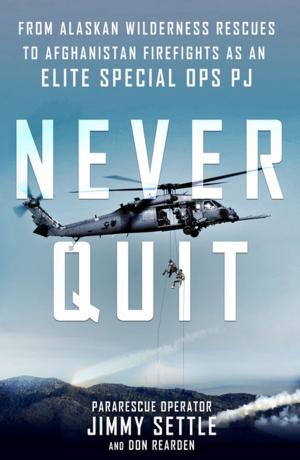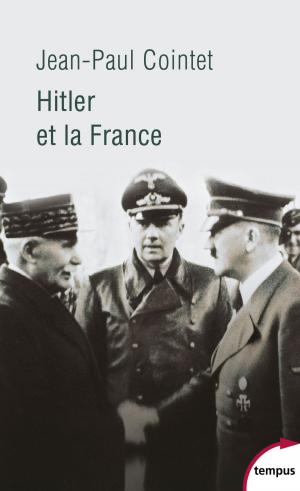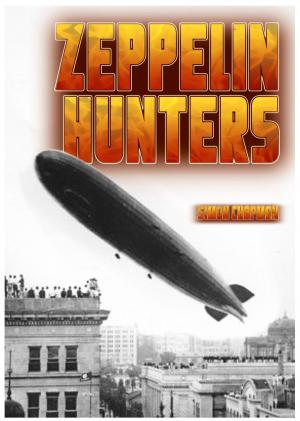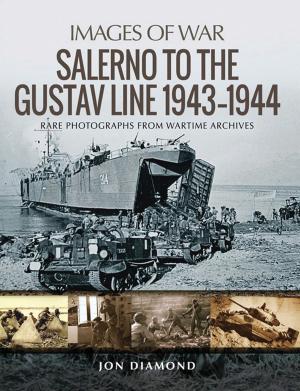Into the Labyrinth: The Making of a Modern-Day Theseus
Nonfiction, Science & Nature, Technology, Robotics, History, Military| Author: | Bruce Butler | ISBN: | 9780994953827 |
| Publisher: | Bruce Butler | Publication: | November 17, 2018 |
| Imprint: | Smashwords Edition | Language: | English |
| Author: | Bruce Butler |
| ISBN: | 9780994953827 |
| Publisher: | Bruce Butler |
| Publication: | November 17, 2018 |
| Imprint: | Smashwords Edition |
| Language: | English |
Into the Labyrinth: The Making of a Modern-Day Theseus provides an insider’s account of Project Spinnaker, a joint Canada–US defence project conceived in the waning days of the Cold War. Spinnaker’s secret purpose was to reassert Canada’s Arctic sovereignty by providing the capability to monitor submarine traffic in Canadian Arctic waters. The star of Project Spinnaker was Theseus, a massive, Canadian-made autonomous underwater vehicle designed with a single purpose: laying fibre-optic cable in ice-covered waters.
More than 2,500 years after the mythical Greek hero Theseus ventured into the labyrinth on the island of Crete to slay the Minotaur, the submarine Theseus was launched into an undersea labyrinth with a strikingly similar goal: lay nearly 200 kilometres of fibre-optic cable on the seafloor of Canada’s Arctic, then turn around and follow it back out.
With a foreword written by Dr. James R. McFarlane, OC, CD, P.Eng., FCAE and endorsements by several well-known experts in the subsea industry, Into the Labyrinth provides a fascinating glimpse into the subsea industry of the 1980s and ‘90s set against the backdrop of Canada’s stunning yet hostile High Arctic.
Into the Labyrinth: The Making of a Modern-Day Theseus provides an insider’s account of Project Spinnaker, a joint Canada–US defence project conceived in the waning days of the Cold War. Spinnaker’s secret purpose was to reassert Canada’s Arctic sovereignty by providing the capability to monitor submarine traffic in Canadian Arctic waters. The star of Project Spinnaker was Theseus, a massive, Canadian-made autonomous underwater vehicle designed with a single purpose: laying fibre-optic cable in ice-covered waters.
More than 2,500 years after the mythical Greek hero Theseus ventured into the labyrinth on the island of Crete to slay the Minotaur, the submarine Theseus was launched into an undersea labyrinth with a strikingly similar goal: lay nearly 200 kilometres of fibre-optic cable on the seafloor of Canada’s Arctic, then turn around and follow it back out.
With a foreword written by Dr. James R. McFarlane, OC, CD, P.Eng., FCAE and endorsements by several well-known experts in the subsea industry, Into the Labyrinth provides a fascinating glimpse into the subsea industry of the 1980s and ‘90s set against the backdrop of Canada’s stunning yet hostile High Arctic.















